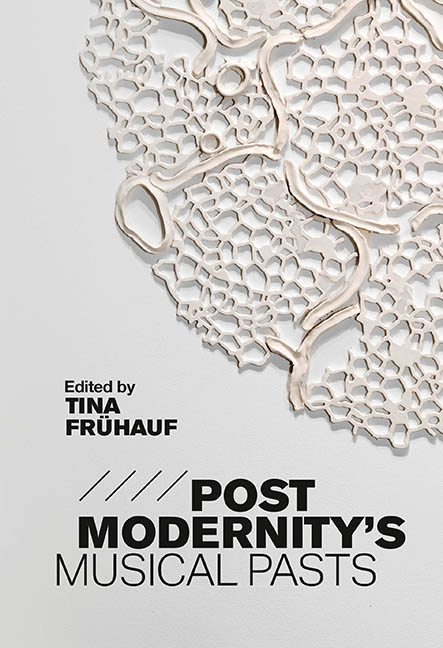Book contents
- Frontmatter
- Dedication
- Contents
- List of Illustrations
- List of Music Examples
- List of Contributors
- Acknowledgments
- About the Cover
- Introduction
- Part I Time and the (Post)Modern
- Part II Manifestations of History
- Part III Receptions of the Past
- Part IV Nostalgias and the Temporalities of Belonging
- Bibliography
- Index
9 - The Past Is Home: Eduardo Martínez Torner in Postwar London; An Exile's Nostalgia for Spanish Musicology
Published online by Cambridge University Press: 28 April 2020
- Frontmatter
- Dedication
- Contents
- List of Illustrations
- List of Music Examples
- List of Contributors
- Acknowledgments
- About the Cover
- Introduction
- Part I Time and the (Post)Modern
- Part II Manifestations of History
- Part III Receptions of the Past
- Part IV Nostalgias and the Temporalities of Belonging
- Bibliography
- Index
Summary
When the musicologist Eduardo Martínez Torner (1888–1955) fl ed his native Spain about two months before the end of the Civil War (1936–9), he could not foresee that he would spend the rest of his life in exile. After he crossed the northern border into France, he faced the repressive measures applied to Spanish refugees, who were interned in so-called ‘campos de internamiento’. Torner spent time in the Saint-Cyprien camp, which was established on 8 February 1939 in southern France for the 453,000 Spanish Republicans who escaped during the so-called Retirada. He was also interned in the nearby Argeles-sur-Mer camp, which had an infrastructure that allowed some refugees to exit officially as workers. A British volunteer association, the National Joint Committee for Spanish Relief (Comité Británico de Ayuda a Espana), eventually rescued Torner from the camp in Argeles-sur-Mer. The severe conditions in the camps, however, took a toll on Torner's health and he would suffer the consequences of his internment until his very last days.
Exile generates a repository of a dissatisfied past and a truncated promise of life, and this is especially true of Torner's experience. He had been one of the most promising figures in Spanish culture and music before the war, a status that was compromised in exile. If many exiled artists and intellectuals create a ‘memory of exile’, Torner belonged to those who developed an ‘exile of memory’, detaching himself from distinct parts of his pre-exile years and selectively de-ideologizing some of his later writings in order to protect his family and friends, in spite of his well-known support of the Spanish Republic. The first sign of this can be found in his short contribution to the small handmade newspaper Profesionales de la enseñanza: Hoja de información diaria, which circulated in Saint-Cyprien in 1939. While other Spanish artists in exile created art works that recycled materials and reflected their horrific experience in the refugee camps, Torner chose to contribute a ‘neutral’ lecture transcript on rhythm in different literary genres, titled ‘El ritmo en los estilos literarios’ (figure 9.1).
- Type
- Chapter
- Information
- Postmodernity's Musical Pasts , pp. 195 - 224Publisher: Boydell & BrewerPrint publication year: 2020



